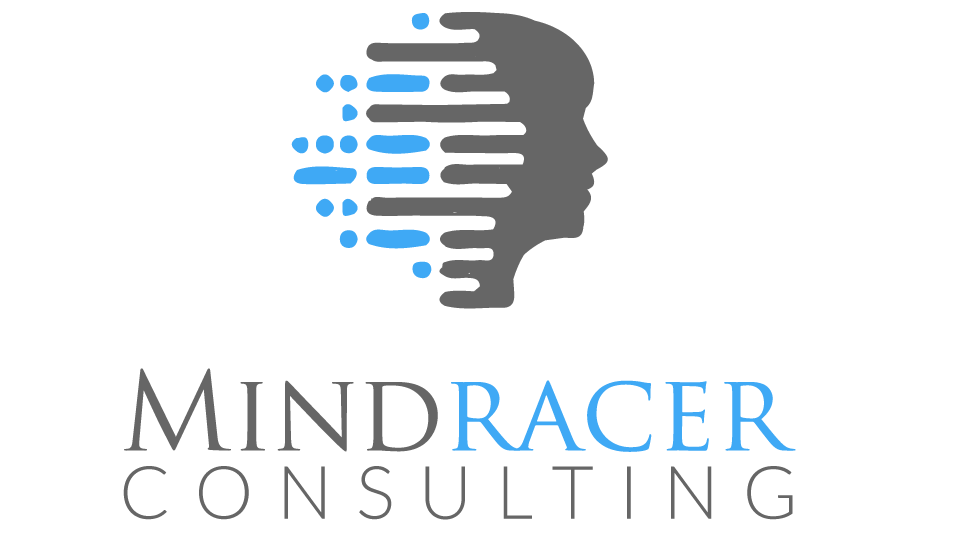How to Establish Ideal Customer Profiles
How well do you know your customers?
When planning growth activities, especially sales and marketing campaigns, do you know who your marketers are targeting, who the sales team are calling? Are these people you want as clients?
One route to market, where you create buyer personas to seek, is taking the smart and strategic approach. The other approach, where you throw darts at a board and hope for the best, is one way to be sure you're rarely hitting the bullseye.
As we all know, most businesses serve an existing and established market, and so growing your share of that market is the key.
I've always preferred a more scientific approach to selling, where a powerful message can be developed and used to address a specific market.
Buyer personas - also known as customer profiles and marketing personas - are a smart, tried-and-tested way of gaining a deeper understanding of your target customers. Making it easier to identify and approach them with a much clearer idea how your product/service can solve specific pain points.
What are buyer personas?
Fictionalized, generalized representations of your ideal clients.
Most sales and marketing professionals will give them easy-to-remember labels, such as “Marketing Mary” and “Engineering Eddy.” It’s a simple way to categorize potential and current clients, according to job roles. Buyer personas can also include where they sit in the buying cycle (internal advocate, end-user, budget holder, stakeholder, etc.) and other relevant professional and demographic information, such as age, income, and geography.
Personas can give salespeople critical insights into the customers they are trying to attract. It also ensures that outbound sales calls and marketing can more closely tailor scripts and materials around the needs of potential clients. Making it more likely a qualified sales meeting will be booked, since a prospect can see your company has taken their pain points into consideration.
How to make buyer personas?
#1: Be clear on the companies you want to attract.
Example questions are:
What sector or verticals?
Where in the country (or world, for those expanding overseas)?
How big or small are the companies do you want to work with?
#2: Clearly identify job roles.
Remember: It's normal to have multiple personas influence your buying process.
How many in your target companies need to sign-off on this purchase?
Everyone needs budget holder sign-off. Is that person also the end-user? Does a budget holder need approval too (e.g. the board, investors, shareholders)? How many other stakeholders are involved?
Having a clear idea of the types of companies, markets/sectors and stakeholders involved shouldn’t be difficult. This data should be in your CRM, or if you're just starting out - your initial hypothesis.
Next, we can look at how you use this information to drill down on specific personas that should make it even easier to identify potential targets.
#3: Key questions to uncover personas in CRM data, emails and client interactions:
For every stakeholder in every key client type/sector, think about the following:
Job level and seniority (average number of years experience to attain the level they're at)
What do they value most (professionally, personally), what do they want to achieve? How can your product/service help them achieve these?
What are some common questions and objections to your product/service? You can also use information from those who are either unhappy or chose not to make a purchase.
Where do they go for information? Who do they trust online and in their networks? Are there overlaps with your network?
Demographic information: Age, gender, income, geography (same as the client(s) unless they remote work)
What are their pain points that your product/service can solve?
Gather as much information as you can, then use this to inform sales and marketing strategy. Tailor calls, emails, sales material, web copy, landing pages and other information around each key persona when launching new campaigns.
If you want help creating personas for use in your sales and lead generation process, contact us

